C–Unsinger-Razor-Blade-O… you may think that awkward backronyms is a new thing, but the Unzinger Razor Blade Co came up with the brand name CURBO in 1914. Selling razor-blades, safety razors, parts thereof, and twine cutters, the CURBO razors were less a product for sale and more a vehicle for advertising.1
In short; if Christy were aiming for the low end of the market, CURBO aimed to undercut even Christy. Versions of the single edge CURBO razor were sold or given away for free under a wide range of names. A partial list includes The Favorite, The Leiter Special, Moore Safety Razor, M&R Safety, Curso, Clean Cutter, Victor 1.00$ Razor, and several others. Some were even sold as CURBOs!
The patents for the CURBO razors
All told there are three patents filed by Philip2 H Unsinger for safety razors in the early twentieth century. These were granted from 1908 to 1911. Interestingly enough none of them actually describes the blade intended to be used, but what can be seen in the drawings implies a blade similar to a Christy blade, or something similar to a despined Gem blade.
Mr Unsinger also filed razor and related patents after the Great War, but these are assigned to different cooperation. He patented a razor3 in 1919, a slotted double edged blade in 1930, and two different ways of packaging razor blades in 1931.
US patent 932,518
Mr Unsinger’s earliest razor patent, this was a very simple hoe style razor. The blade – drawn without ears or other identifying features – were held in place with a clamp (15). This clamp were simply slid over the blade from the cutting edge, a pair of inclined ramps (19) providing tension. The upturned rear of the bottom plate acts as a blade stop, while the front was turned down to act as a guard. All told this first iteration of Mr Unsinger’s razor was very simple – perhaps too simple.
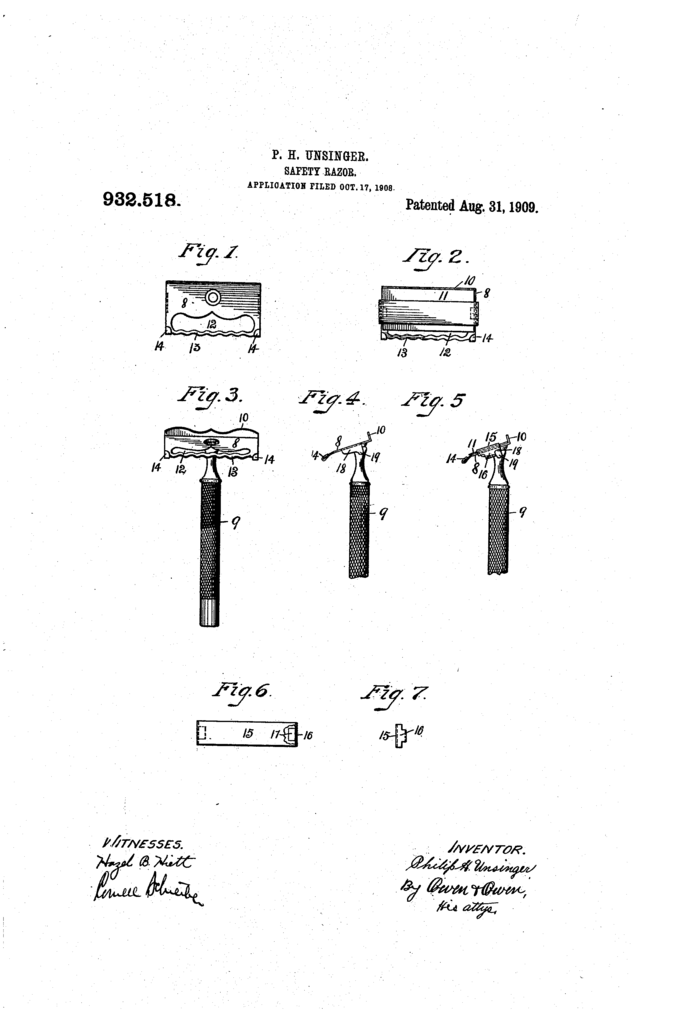
US patent 1,006,607
Mr Unsinger’s second razor patent, filed about two years after the first. The simple clamp from the previous iteration have been replaced with a clamping plate (4). Two tongues (7) secures the plate. Said clamping plate also has a cutout, acting as the guard or safety bar (8). Again the upturned rear of the bottom plate acts as a blade stop.
As an aside, the patent also covers a corn razor built on the same lines as the safety razor. This is shown in the figures 4, 5, and 6 on the drawing.
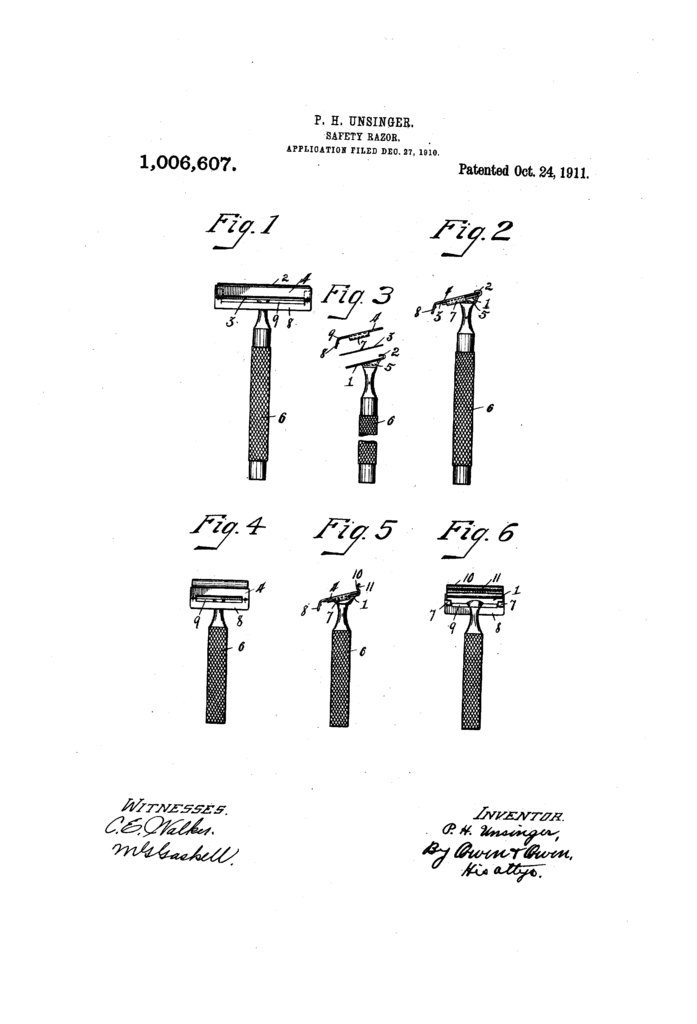
US patent 1,009,114
Mr Unsinger’s third iteration was once again a gradual improvement on his previous inventions and not a radical departure. Gone were the use of an upturned lip on the bottom plate as a blade stop. Instead the clamping plate gained a stop flange (8). The guard was back on the bottom plate, and the clamping plate and blade was inserted from behind. As before, two tongues (7) held the clamping plate to the bottom plate. And the bottom plade had a dimple – or pressed down section – which the handle were secured to. All told this iteration strikes me as striking a good balance between usability and simplicity of manufacture.
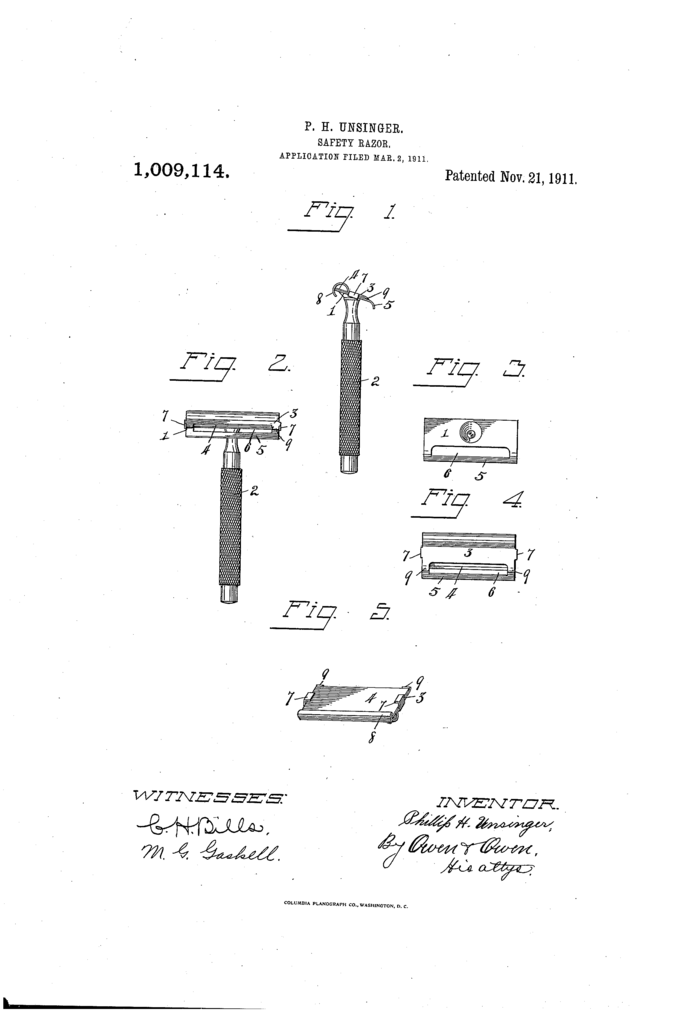
All patents can be read at Google Patents; US 932,518, US 1,006,607, and US 1,009,114.
Photos of CURBO razors
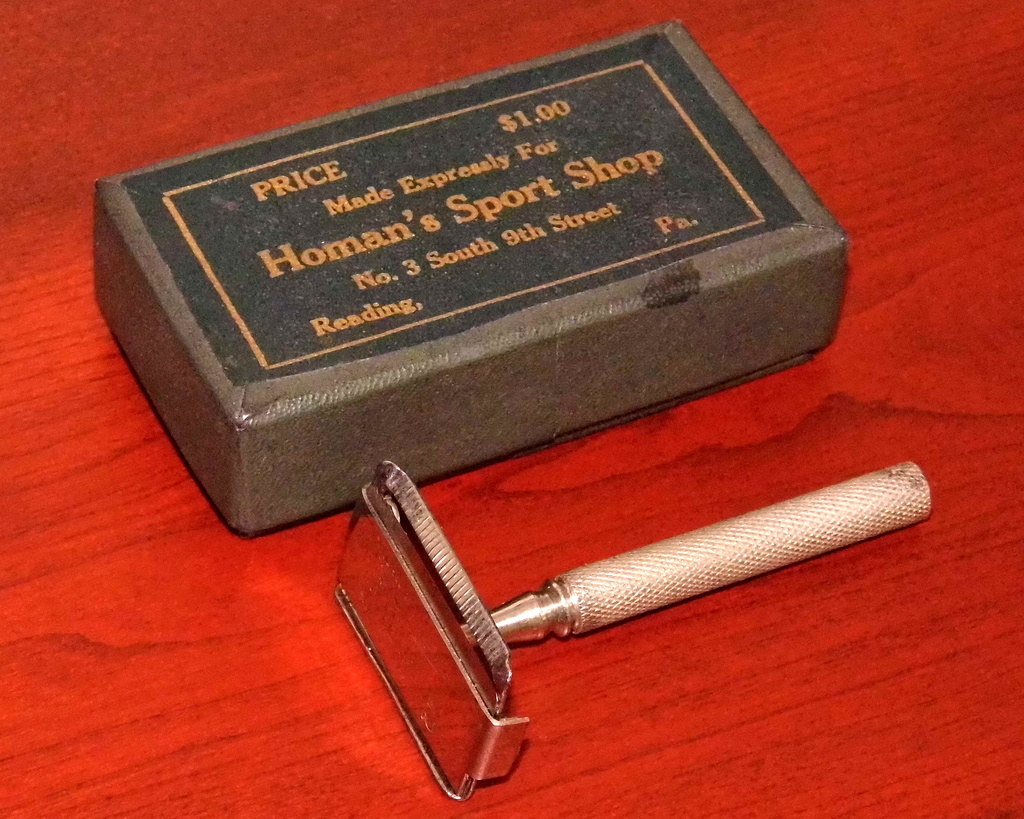
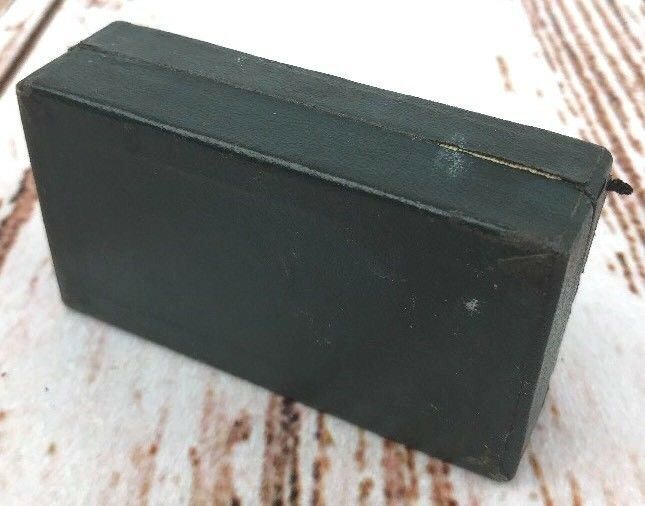
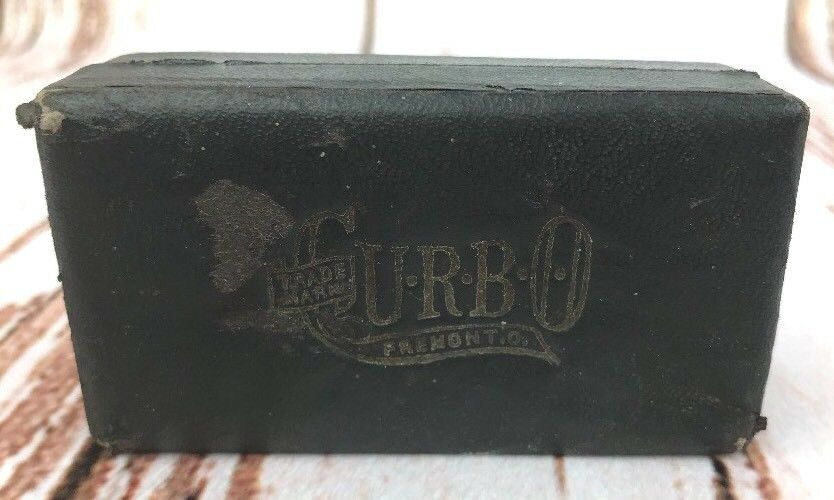

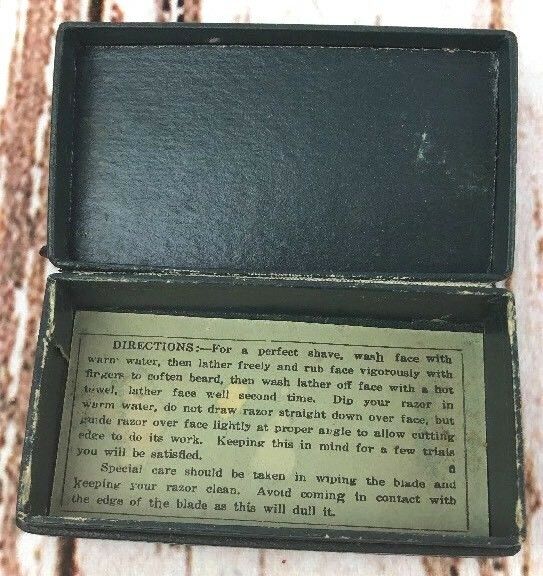
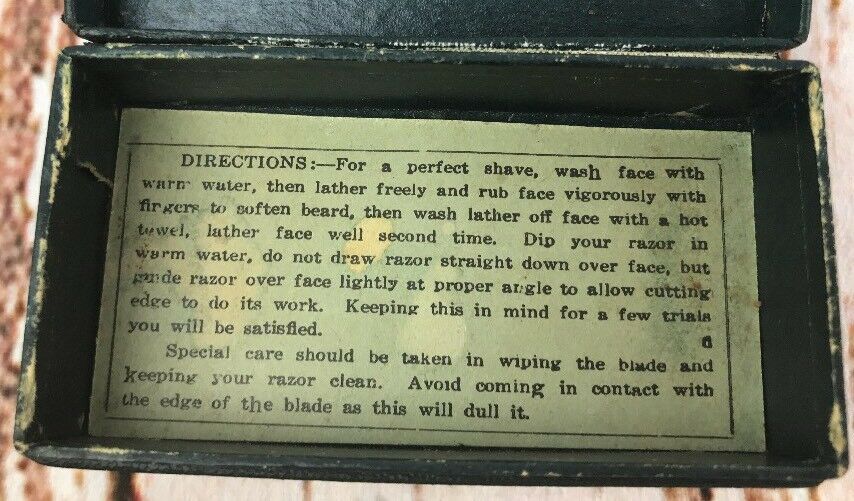
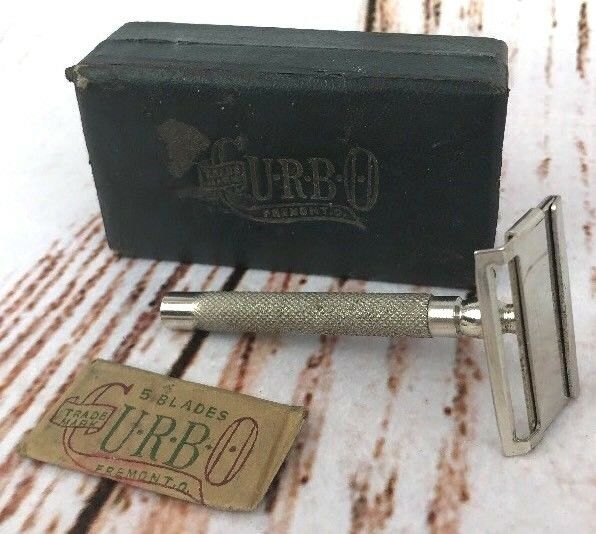
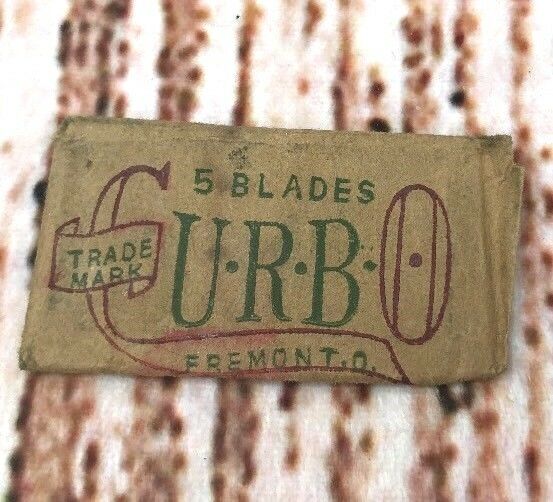
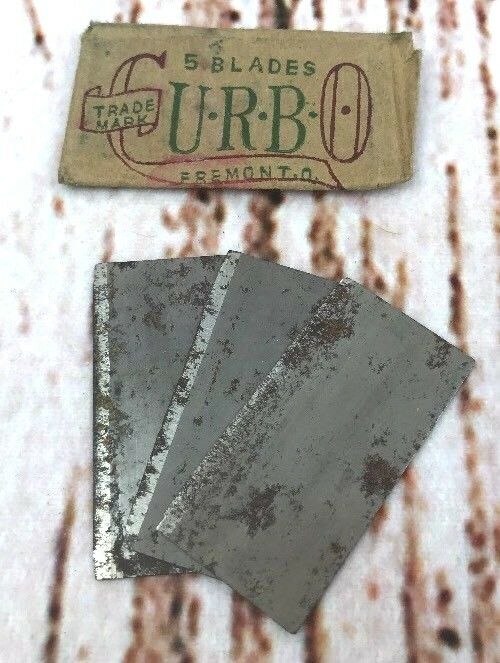
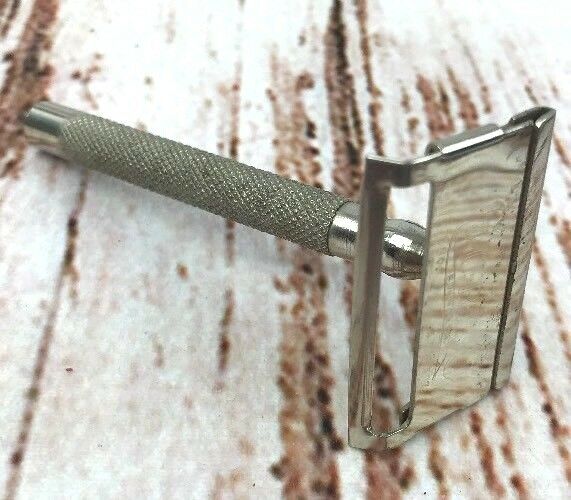
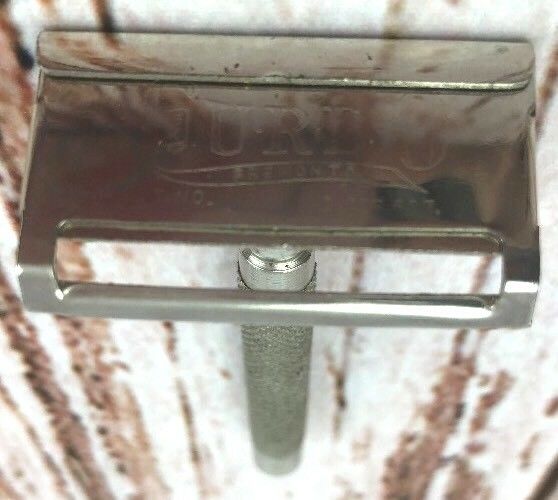
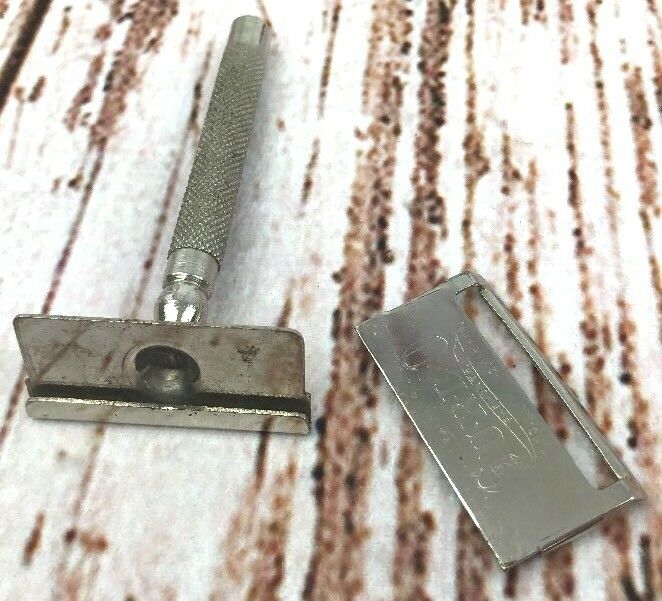
Final thoughts on the CURBO razors
It is interesting to see how the idea of a very simple razor develops and evolves. Some of the ideas might be applicable today as well, for an inexpensive single edge razor. I can, for example, easily see how the third iteration of the CURBO razors – with the curved stop flange on the clamping plate – could be modified to take a modern GEM blade.4 The only problem a razor manufacturer would find is that the marked for an inexpensive single edge today is most likely miniscule.
July 2022 update:
A user over at my favourite shaving forum reports that you can use a despined GEM-blade in the CURBO razors. And yes, he was kind enough to provide photos too. This means that if you are lucky enough to find one of these old razors, you can shave with it!
Footnotes
1) In Waits’ Compendium, these are referred to as “advertisers”. This implies their main purpose was to carry the name of whoever were selling or giving them away.
2) Or Phillip, with two l’s. The patents spells his name both ways.
3) While the design lineage is obvious, this later razor is more carefully engineered for the shaving experience – as opposed to simplicity of manufacture.
4) If despined, it should be very straight forward. If the spine is left on, it would require some reshaping of the profile of both clamping plate and bottom plate.

Pingback: Guy Osborn's Shrp-Shavr patent - Wegian WetshavingWegian Wetshaving
Pingback: More photos of CURBO razors and boxes - Wegian WetshavingWegian Wetshaving
Pingback: "Lather catcher" disposable safety razor - Wegian WetshavingWegian Wetshaving
Pingback: Larkin Buffalo Safety Razor and Instructions - Wegian WetshavingWegian Wetshaving
Pingback: Shaving with the Valet Autostrop VC2 - Wegian WetshavingWegian Wetshaving